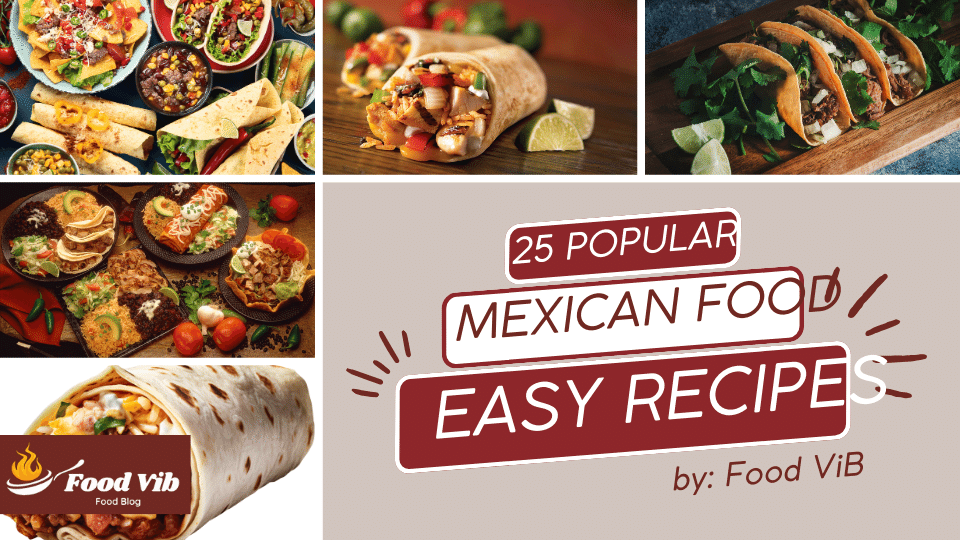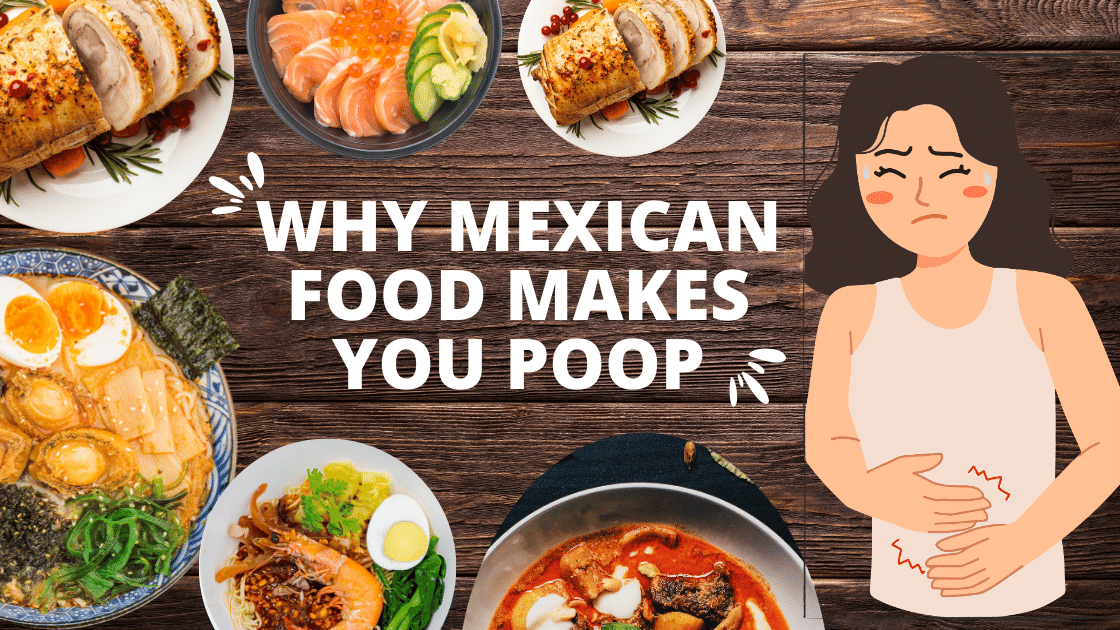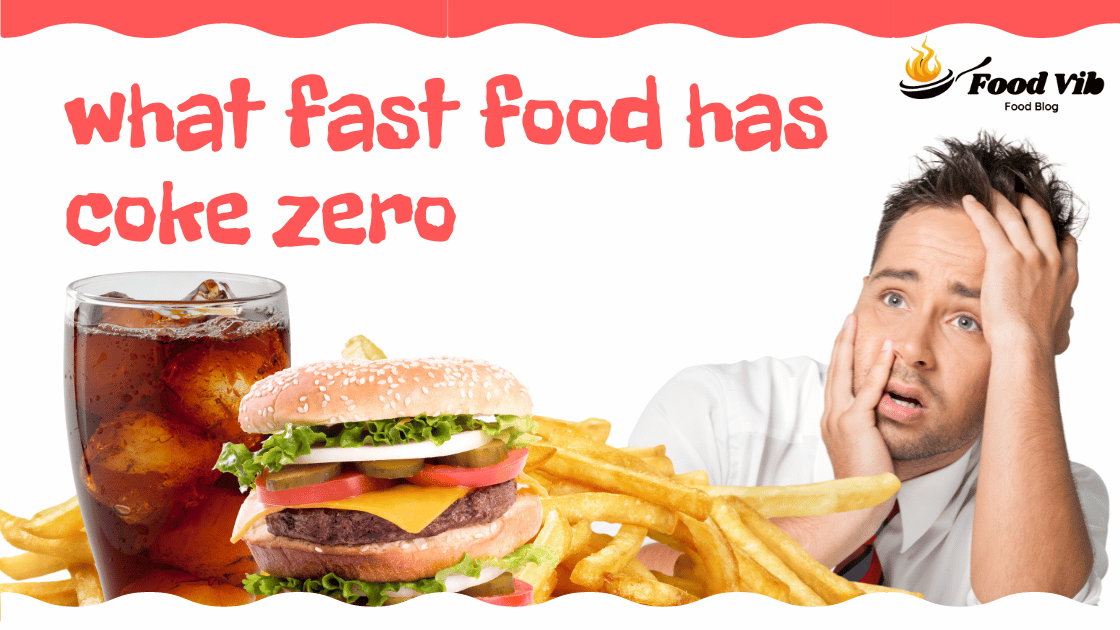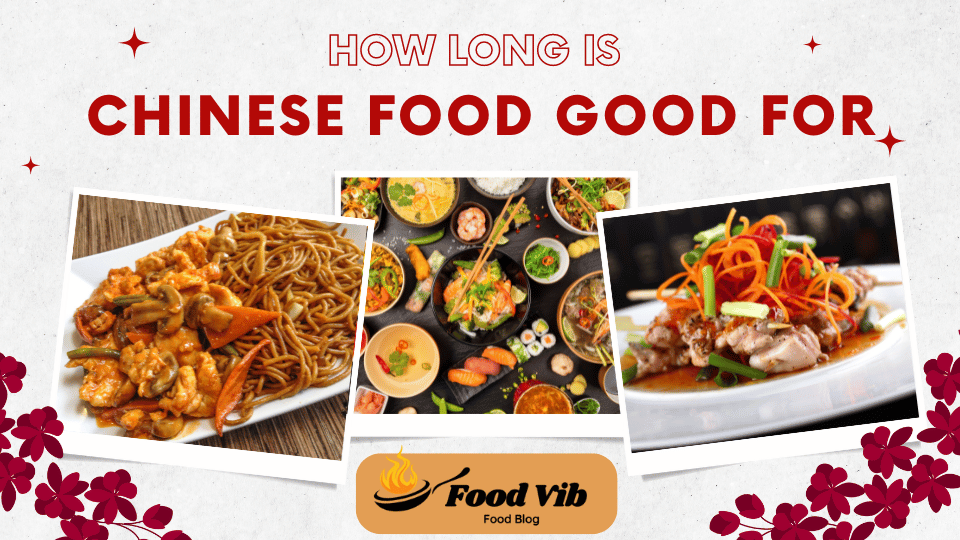A Guide to Burnt Foods and Their Calorie Content
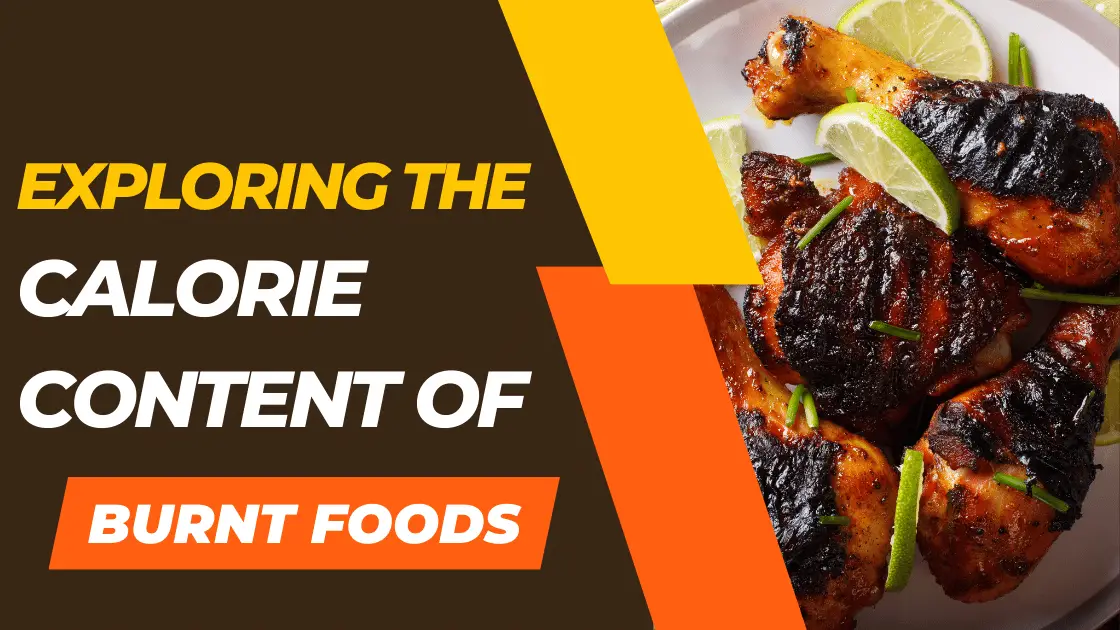
When it comes to counting calories, burnt food is often a topic of discussion. Some claim that burnt food has less calories due to the charring process, while others think that it actually contains more calories. The question remains: does burned food have an effect on its calorie content?
In this piece, we will explore the calorie content of burnt foods and whether or not they contain less protein compared to their unburnt versions. Let’s dive in and find out the truth behind this hot question.
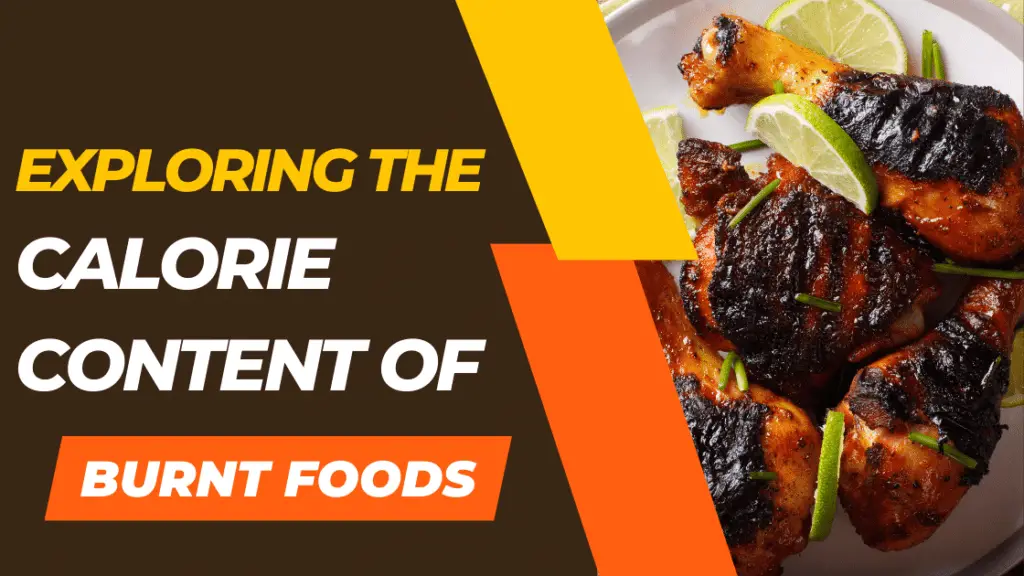
Does Burnt Food Have Less Calories
Yes, a tiny bit of the calories might burn away: When you burn food, some of the energy (calories) trapped inside does escape as smoke and heat. So, in theory, if you could fully turn your food to ash, there would be no calories left.
But here’s the catch:
- It’s barely noticeable: The amount of calories killed by burning is usually very small, like a sprinkle on a cupcake compared to the whole cake. Most of the food’s energy stays.
- You’re losing nutrients: Burning removes not just calories, but also vitamins, minerals, and fiber, which are important for your health.
- Harmful molecules form: When food burns overly, it forms chemicals called acrylamides, which might be linked to health risks.
So, Bottom line:
- Burning food isn’t a good way to cut calories. You’d lose important nutrients and possibly gain dangerous chemicals.
- It’s better to stick to healthy cooking methods like grilling, baking, or steaming to keep the good stuff in and the bad stuff out.
- Remember: If you burn your food by accident, it’s okay to remove the burnt parts and enjoy the rest. But don’t make a habit of it!
Does Burnt Food Have More Calories
Contrary to what you might think, burnt food does not generally have more calories. Here’s the breakdown:
- Myth: Burning food gets rid of calories, so it’s “better” for weight loss.
- Reality: It’s a bit more difficult. Sure, when you burn food, some of the calories might char and become useless. But it’s a very small amount, barely making a change. On the flip side, burnt food often makes new chemicals called acrylamide, which may have health risks.
So, burnt food is not a magic calorie-cutter:
- Negligible calorie loss: The burnt part loses some energy, but it’s tiny compared to the total calories.
- Unhealthy compounds: Burnt food makes acrylamide, possibly harmful.
- Taste and nutrition: Burning kills taste and important nutrients.
Bottom line: Skip the burnt bits. They don’t save many calories and might do more harm than good. Enjoy your food made just right for the best taste and health!
Must Read: How to Cut The Taste of Lemon Tips and Tricks (2024)
Does Burnt Food Have Less Protein
Burnt food doesn’t exactly have less protein, but it’s not as good for you generally. Here’s the breakdown:
Protein:
Burning doesn’t directly destroy protein itself. The protein molecules might stick together or change shape slightly, but they’re still there. So, the amount of protein stays roughly the same.
The Buts:
The high heat can harm some amino acids, the building blocks of protein. These broken parts might be harder for your body to absorb and use.
Burning makes dangerous toxins like acrylamide, especially in fatty foods. These toxins have possible health risks.
Bottom Line:
Burnt food might have the same amount of protein, but it’s less healthy and possibly dangerous.
It’s best to avoid burned food as much as possible and cook at lower temperatures for longer to keep nutrients and avoid dangerous chemicals.
Bonus Tip: If you accidentally char something, cut off the burnt parts before eating. It’s better to enjoy unburnt food and cook fresh next time!
Must Read: The Impact of Chinese Food on Your Bowel Movements Learn Now
Can Burnt Foods Still Have Nutritional Value?
Burnt foods occur when cooking temperatures reach their smoke point, leading to charring and the formation of possibly dangerous substances like acrylamide and polycyclic aromatic hydrocarbons (PAHs). While these chemicals are worrisome, not all burnt foods are made equal, and the amount of damage changes based on factors like cooking time and temperature.
Nutritional Value of Burnt Foods:
Surprisingly, even burnt foods can keep some nutritional value despite their burned look. While certain vitamins and minerals may degrade with severe heat contact, others stay generally unchanged. For instance, while overcooking veggies can lower their vitamin content, minerals like potassium and fiber may still be present.
Potential Health Risks:
It’s important to balance any leftover nutritional benefits against potential health risks connected with burnt foods. Consuming foods high in acrylamide or PAHs has been linked to a higher chance of certain cancers and other health problems. Therefore, balance and awareness are key when considering the consumption of burnt foods.
Tips for Minimizing Burnt Foods:
- Use Lower Cooking Temperatures: Lowering cooking temperatures can help keep foods from hitting their smoke point, lowering the chance of charring.
- Monitor Cooking Time: Keep a close eye on cooking times to prevent foods from overcooking and becoming burnt.
- Utilize Cooking Methods: Experiment with cooking methods like steaming, boiling, or using a slow cooker, which are less likely to result in burnt foods.
- Trim Charred Portions: If a part of the food is burnt, consider trimming it away before eating to limit exposure to dangerous chemicals.
Must Read: Can you Brine a Turkey in an Aluminum Pot
10 Surprising Facts about the Calorie Content of Burnt Foods
In the world of cooking, burned items’ charred edges often hold more than simply a distinct taste. Beneath the surface, the calorie count of these apparently overdone treats has some unexpected turns. Let’s dissect ten surprising facts about the caloric content of meals that have burned, simplifying difficult ideas into plain terms.
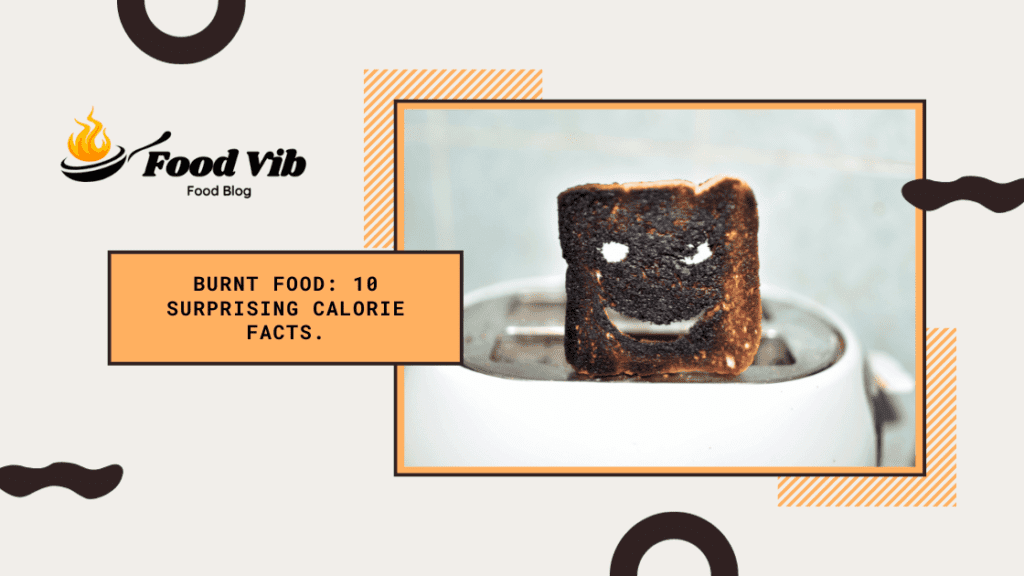
1. The Maillard6 Magic: More than Just Flavor
Beyond flavor, the Maillard6 reaction is what gives charred foods their alluring tastes. This gourmet concoction may also result in a concentration of sugars, which will change the amount of calories in comparison to those who have been sunburned.
2. The Heat Equation: Influence on Caloric Density
The caloric density of food changes as it becomes hotter. Our taste senses may be surprised by a more calorically rich experience due to the concentration of sugars and chemicals during the Maillard6 reaction, which may increase the caloric density per gram.
3. Proteins in the Spotlight: Modified Composition
It’s not just about the calories; meals that have been burned may have their macronutrient makeup altered. For example, water loss may cause proteins to become more concentrated, which can lead to an illusion of higher caloric density.
4. The Stealthy Caloric Surges: Unexpected Increases
Burnt meals may subtly add unanticipated calorie increases in the dance of tastes. Our presumptions about the nutritional value of these burnt treats are called into question by the Maillard6 reaction, which may cause a spike in calories.
5. The AGEs Connection: Health Implications of Overcooking
The Maillard6 reaction produces Advanced Gyration End Products (AGEs), which may have negative health effects. Overindulging in burned foods might unintentionally expose us to these substances, so it’s important to strike a balance between our appetites and our knowledge of nutrition.
6. Moderation Matters: Finding the Culinary Sweet Spot
Although there’s no denying the appeal of charred tastes, moderation is the key. A fulfilling culinary experience may be achieved without sacrificing health by striking the right balance between enjoying the odd charred dish and preserving nutritional balance.
7. The Temperature Tightrope: Controlled Cooking
It takes a tightrope walk on temperature to master the flames. Proper cooking temperatures provide a fine balance in the art of culinary expertise, improving tastes without giving in to an unwelcome spike in calories.
8. Culinary Creativity Beyond the Burn: Flavor Exploration
There’s a world of culinary innovation waiting beyond the charred edges. Investigating other ways to enhance taste, such as using different herbs, spices, and cooking techniques, brings up a world of possibilities that go beyond the fascinating dance of the Maillard6 reaction.
9. The Environmental Impact: Charring and Carbon Footprints
The attraction of quick, high-heat cooking might have an effect on the environment. The environmental impact of our cooking decisions is called into question by the carbon footprint linked to charring and rapid cooking.
10. A Balanced Culinary Tapestry: Tying It All Together
Ultimately, the unexpected information on the caloric value of burned food creates a rich tapestry of tastes, health benefits, and culinary skills. Combining all of this requires accepting the unexpected, indulging in moderation, and discovering the many flavor landscapes while keeping an eye on your nutrition.
Allow these ten unexpected facts to shed light on the hidden facets of burned foods as we set off on our culinary adventure, turning them from accidental mistakes into a feast of gastronomic discoveries.
Must Read: Exploring the Risks of Purchasing Food from Amazon Learn Now
FAQ (Frequently Asked Question)
How do you calculate calories burned from food?
The formula below may be used to determine the calories burnt from food: Calories = Heat generated during combustion (calorimeter constant / calories or joules). The calorimeter constant guarantees precise conversion from heat to calories and is calculated by calibration using a known energy source.
How many calories does burnt food have?
To find out how many calories are in burned food, one must measure the amount of heat generated during combustion. The energy content, which is measured in calories, may be accurately estimated thanks to the calorimetry procedure. The kind and amount of food burnt determines the precise calorie value.
What happens to calories when you burn food?
The chemical links in food break as it burns, releasing energy in the form of heat. Calorie-wise, this heat is expressed. The potential energy that is held in food and released after combustion is represented by the calories. To measure this energy content, calorimetry is useful.
How to measure calories in food at home?
You may do a basic calorimetry experiment at home to determine the number of calories in food. Using a calorimeter, burn a given amount of food, measure the heat generated, then convert the heat into calories using the calorimeter constant.
How to count calories in food without labels?
The process of counting calories in food without labels may be done at home with a calorimetry experiment or by utilizing food scales and internet databases. Weigh the meal, analyze its ingredients, and compute its caloric content using established nutritional values or findings from experiments.
How are calories measured in food?
The method used to measure the calories in food is called calorimetry. A calibrated amount of food is burned in a calorimeter, and the amount of heat generated is recorded. The calorimeter constant is then used to convert this measured heat into calories.
How to measure calories in food by burning?
Use a calorimeter to calculate the number of calories in food by burning it. A given amount of food should be placed in the calorimeter, and burned, the heat generated should be measured, and the heat should be converted to calories using the calorimeter constant.
How to measure calories in a food experiment?
Calorimetry is the method used to calculate calories in a food experiment. To calculate calories, burn the meal in a calorimeter, note the heat generated, and then use the calorimeter constant. Make that the experiment is managed and adheres to accepted calorimetry practices.

